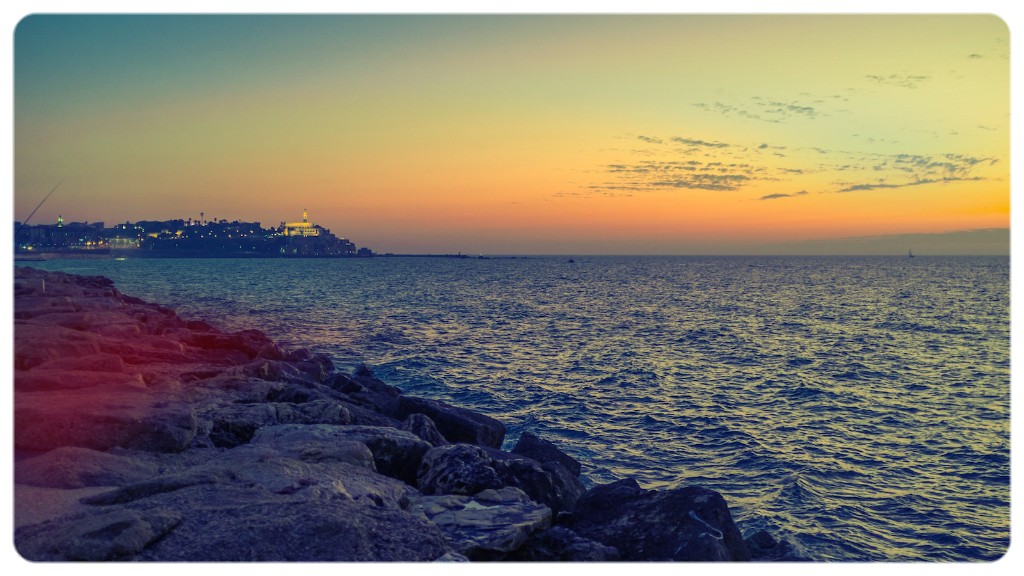The Shema is the central prayer of Judaism, recited twice daily during morning and evening services. But a special extended version, the Bedtime Shema, is recited just before sleeping.
The source of this practice comes from the Talmud, which prescribed its recitation even if the Shema had already been said during evening prayers. Night was seen as a moment of spiritual vulnerability, a time when the soul temporarily returns to God and one is especially in need of divine protection. The Bedtime Shema includes blessings for the gift of sleep and additional verses related to the theme of protection.
Like the Shema, the Hashkiveinu prayer (“Lay Us Down”) appears both in the evening service and in the Bedtime Shema. The prayer is deeply personal, asking God to watch over us, grant us peaceful rest and awaken again in the morning.
Covering the Eyes
The common practice is to cover the eyes with the hand when reciting the opening verse of the Shema.
How to Say It
The full text of the Shema is long, with many biblical verses.
Prayer has been the foundation of Jewish ritual and practice for thousands of years, but you may still wonder how and why to say the prayers in the canon. At My Jewish Learning, we invite you to explore the deeper side of prayer. Each week we'll share a unique exploration of a particular Jewish prayer, plus offer background materials and more to enhance your understanding. In the meantime, you can explore all of MJL's prayer resources here.
|
|
|
|



